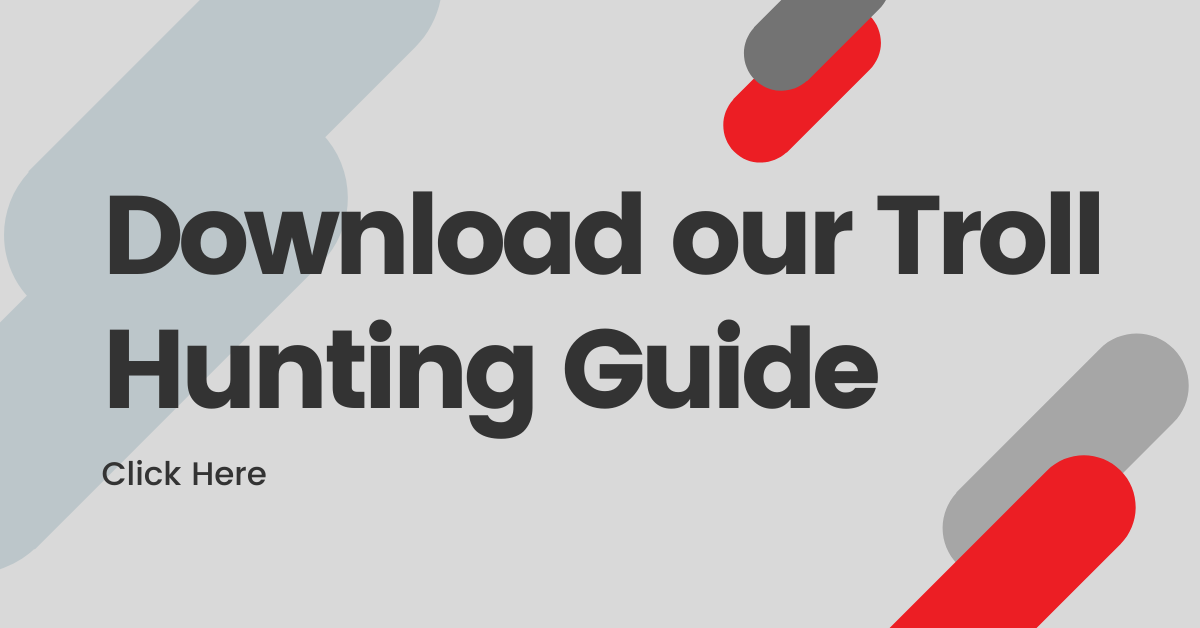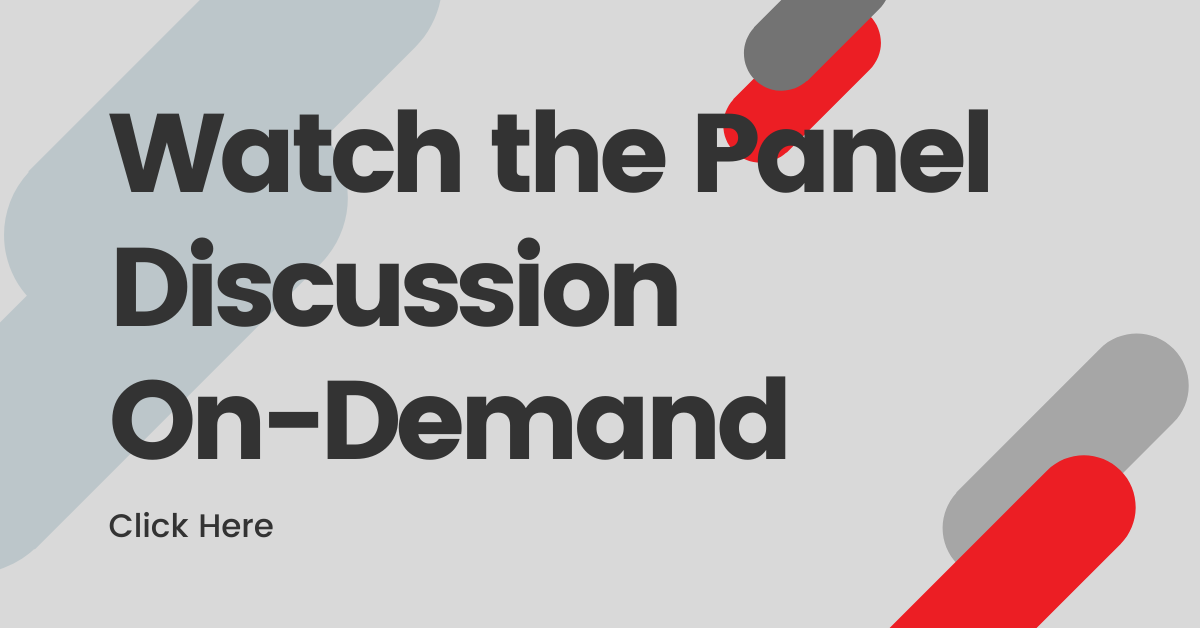Spotlight:
- Trust in media is dwindling, with more than half of news consumers (58%) skeptical of media companies.
- Although 50% of people lose interest in content near toxic behavior, you can moderate on-site social spaces to build trust around content.
- Since news sites are 25% more trusted than social media, news organizations should focus on building relationships with audiences on their own properties.
- Subject matter experts can participate in the content creation process to boost brand authority over specific topics.
- Media companies can integrate first-party data into their content strategies to convince news readers to trust their brands for relevant content and experiences.
- Community engagement tools, like Viafoura’s Engagement Suite, paired with trust-building strategies can help companies establish authority and increase conversions.
Misinformation from global leaders and social media in the past has severely damaged people’s trust in content online. As a result, a large portion of the public is extremely critical of content created by media organizations.
Edelman’s 2021 Trust Barometer report reveals that more than half of consumers no longer trust the media.
In fact, Edelman’s study highlights that 58% of people think that “most news organizations are more concerned with supporting an ideology or political position than with informing the public.”
But trust is an essential ingredient that media companies need if they want to develop long-lasting relationships with audiences.
To convince people to become registered users, community members and paying subscribers, media companies must rebuild their reputations as trustworthy resources.
Uncover a few practical ways you can encourage skeptical audiences to trust your company for news content and safe digital experiences below.
Moderate Your Company’s Discussion Spaces
Social spaces help media companies engage and convert people around their content, but these areas can also become overridden with trolls, misinformation, and offensive comments without constant moderation.
And unfortunately, a toxic environment can undermine any trustworthy content or experiences hosted within it.
If you want to protect your audience members and reinforce the safe, trusted nature of your business, comment moderation is a necessity for your on-site discussion spaces. Especially since 50% of people that experience toxic behavior online will lose interest in nearby content.
Implementing an effective comment moderation solution on your company’s website or app will show audiences that they can trust your organization for positive content experiences.
Reduce Your Dependence on Social Media
While most media companies use social media to reach and engage audiences, a significant amount of people no longer trust social media. This means any content your organization posts on social media won’t be seen as reliable information by default.
A report from the Reuters Institute outlines how sources on social media “[seem] interchangeable, making it difficult to discern where stories originated online and even [undermine] trust in the information environment more generally.”
It’s no surprise that, on average, people trust information on news sites 25% more than on social media.
The bottom line is that social media has earned itself a reputation for creating data leaks, rewarding misinformation in its algorithms and failing to moderate offensive behavior. And the only way to disassociate yourself from social media’s negative reputation and establish trust with readers is to engage them right on your own properties.
Consider implementing on-site commenting tools and providing personalized reader experiences on your website or app to build trust and nurture audience relationships.
Feature Subject Matter Experts in Content
There’s nothing that can build credibility around a particular topic quite as well as a qualified subject matter expert (SME) can. So to develop your organization’s authority over a specific subject, you can interview and quote SMEs in your content or even commission them to write a piece for your company.
Scientific American, for instance, enlists the help of practitioners to create about half of its content to help educate people as much as possible.
“[Scientific] topics, financial advice, legal advice, tax advice, advice pages on topics such as home remodeling… or advice on parenting issues…. should also come from “expert” or experienced sources that users can trust,” explains Jonathan Hedger, the marketing director for an app that connects people to freelance SMEs.
Since SMEs have dedicated their careers and lives to learning about a particular subject, their voice often carries more authority and trust than an average journalist.
Create Content and Experiences Based on Unique Reader Interests
What’s your company doing to ensure readers can trust it for content that’s captivating and relevant?
Give readers the content and experiences they want by using your first-party data to understand their preferences. From there, you can adjust your company’s content and on-site experiences to align with reader interests.
“If you understand who your audience is… it allows you to [optimize] your offering around them,” says Robbie Kellman Baxter, a consultant and expert on subscriptions. “It allows you to keep [their interest] for a long time, build loyalty and trust, and expand the relationship over time.”
You can partner with Viafoura to host engaging experiences for readers across your digital properties and collect critical first-party engagement and behavioral data.
At the end of the day, trust is easy to lose and challenging to regain.
But with the proper support and trust-building strategies in place, you can convert skeptical news readers into loyal, paying community members.












